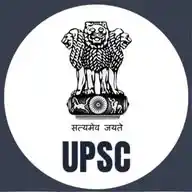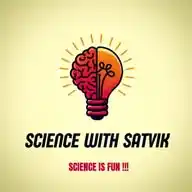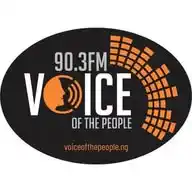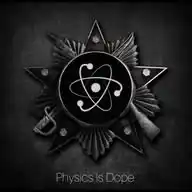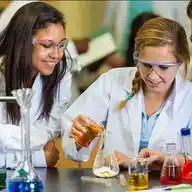
English & Combined Science WhatsApp Channel
4.3K subscribers
About English & Combined Science WhatsApp Channel
Learn from the Expertise Of Ma'am Bozho Get in touch with her .. WhatsApp/Call 0785 505 702 'A's guaranteed, I offer online lessons 1 on 1 ku inbox kusvika wanzwisisa. You will appreciate the quality of my services. Join now, June candidates it's already time to start. Wakamirireyi? When Ma'am Bozho is there to assist. Form 1 to 6. I offer a wide range of subjects. Just inbox me with your concern.
Similar Channels
Swipe to see more
Posts

*We will have a Combined Science lesson in the Evening*

*Biological components* - These are the living parts of an ecosystem and these include macro-organisms which are large organisms that are visible using our naked eyes for example plants and animals. - They also include micro-organisms and these are very small and invisible to the naked eye for example bacteria and fungi.

*Ecosystems* - An ecosystem is a self-supporting system of interdependent organisms and their physical environment. *Components of an ecosystem* 1. Physical (Abiotic) component 2. Biological (Biotic) component - The physical and biological components of an ecosystem depend on each other meaning that they interact, therefore disturbing one part of the ecosystem may have a negative impact on the other part of the ecosystem.

https://whatsapp.com/channel/0029Vak419t8V0tpRf1OIn3z *Education is power💪🏾, come and get equipped with our expertise. Invite your colleagues, friends and cousins. Its never too late to learn👌🏾* Hakuchina need yekufamba muzuva umu kuenda kunodzidza. Urimumba mako zvako uchidzidza paphone yako iyoyo. Kana mai nhingi havambozvizive kuti urikugadzirisa mapaper ako. Phone haisisiri yekunakidzwa chete, asi kutogadzira ramangwana. Follow the channel and thank me later!

*Physical components* - These are non-living parts of the ecosystem which include sunlight, soll and air. Sunlight - used to make food during photosynthesis. It is the ultimate source of energy in the ecosystem. Soil - it provides plants with nutrients and water so that they grow well. Soil is a habitat for some organisms like ants and worms. Air - it is essential in an ecosystem. Components of air include: Carbon-dioxide - for photosynthesis needed by plants Note: carbon-dioxide is a by-product of respiration. Oxygen - living organisms need oxygen for respiration Note: oxygen is a by-product of photosynthesis Nitrogen - for plants and animals to make proteins, nitrogen must be present. However, plants and animals cannot absorb nitrogen gas directly from the environment therefore the nitrogen is converted by bacteria and fungi. Water vapour - the amount of water vapour in the air varies. Living organisms need water to survive in the ecosystem. Plants also need water to make food for the ecosystem.

*Natural ecosystem* - It is an ecosystem with no human Interference. - Most natural ecosystems are in a state of equilibrium (balance) because of a variety of producers and consumers living together. Examples of natural ecosystems are rivers and deserts. The biological components of an ecosystem can be divided into: 1. Producers - these are green plants which use light energy from the sun to make their own food by photosynthesis. Examples include grasses, trees and shrubs. 2. Consumers - these depend on other organisms for food. They are not able to make their own food. - Consumers are classified into three; a) Herbivores - these are animals that feed on plants and they are the primary consumers of an ecosystem. Examples include caterpillar, kudu and zebra b) Carnivores - these are animals which feed on other animals, They feed on the primary consumers. These can be secondary or tertiary consumers of an ecosystem. Examples include lion, hyena and vulture. c) Omnivores - these are animalswhich feed on both plants and animals. Examples include human beings and monkeys. 3. Decomposers-they feed on dead plants and animals. They break down dead organic matter into simple nutrients. in the soil which are then absorbed by plants when they make their own food. Examples include bacteria, fungi and earthworms. Note:organisms in a natural ecosystem depend on one another for survival.
